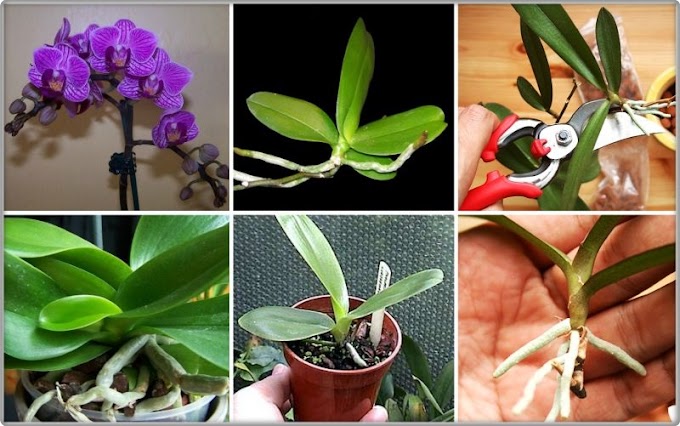Huernia pendula is a very peculiar species that differs from all others Huernias in its growth-form. Stems succulent, leafless, very obscurely 4-angled, cylindrical, 5-8 mm in diameter, up to 900 mm long, jointed (articulated) at nodes, sparsely to densely branched, initially erect or prostrate, becoming pendulous, growing pendent from rock faces, often filling crevices and rooting where stems touch the ground, green sometimes purplish-mottled, becoming greyish green. During the dry season, the stems become light brown to purplish.
Inflorescence 3- or 4-flowered (subsessile cymes) towards base of stem and lateral branches. Flowers pendulous, opening successively; pedicels short, up to 8 mm long. Corolla bowl-shaped 10-15 x 8-10 mm, lobes ascending to spreading, up to 5-7 mm in diameter, 5-6 mm long, dark maroon on inside, densely papillate.
Origin:
Huernia pendula is a South African endemics species restricted to river gorges in the Transkei, Eastern Cape (Bolo and along the Mbashe River, and at Collywobbles).
How to Grow and Care
Huernia succulents are low growing succulents native to the deserts of Southern and East Africa, all the way to Arabia, and are thus found growing mostly at the base of other plants in partial sun to bright light/shade.
Therefore, in order to maintain their healthy succulent sage green color, these beauties prefer bright light to partial shade, whereas in harsh full sun they can slightly shrivel and turn colors ranging from grey to red to bright purple - as a means of protection. Extended periods of exposure to full sun can be harmful, causing parts of the plant to dry up completely and die.
On the other hand, too little light and Huernias grow weak and thin, leading to decreased flower production in the blooming periods of late Spring to late Fall. As far as ideal growing temperatures go, 50-80 degrees Fahrenheit is best, however here in Miami we get temperatures well above 80 degrees for most of the year, which is why finding a spot with bright light or partial sun is so important.
– Learn more at: HOW TO GROW AND CARE Huernia
Links
Back to genus: Huernia
SUCCULENT PLANTS: Browse succulents by Scientific Name, Common Name, Genus, Family, USDA Hardiness Zone, Origin, or cacti by Genus
Inflorescence 3- or 4-flowered (subsessile cymes) towards base of stem and lateral branches. Flowers pendulous, opening successively; pedicels short, up to 8 mm long. Corolla bowl-shaped 10-15 x 8-10 mm, lobes ascending to spreading, up to 5-7 mm in diameter, 5-6 mm long, dark maroon on inside, densely papillate.
- Scientific name: Huernia pendula E.A.Bruce
- Common names: bootlace huernia
- Family: Apocynaceae
- Subfamily: Asclepiadoideae
- Tribe: Stapeliae
- Genus: HUERNIA
Origin:
Huernia pendula is a South African endemics species restricted to river gorges in the Transkei, Eastern Cape (Bolo and along the Mbashe River, and at Collywobbles).
 |
| source pic: llifle.com |
How to Grow and Care
Huernia succulents are low growing succulents native to the deserts of Southern and East Africa, all the way to Arabia, and are thus found growing mostly at the base of other plants in partial sun to bright light/shade.
Therefore, in order to maintain their healthy succulent sage green color, these beauties prefer bright light to partial shade, whereas in harsh full sun they can slightly shrivel and turn colors ranging from grey to red to bright purple - as a means of protection. Extended periods of exposure to full sun can be harmful, causing parts of the plant to dry up completely and die.
On the other hand, too little light and Huernias grow weak and thin, leading to decreased flower production in the blooming periods of late Spring to late Fall. As far as ideal growing temperatures go, 50-80 degrees Fahrenheit is best, however here in Miami we get temperatures well above 80 degrees for most of the year, which is why finding a spot with bright light or partial sun is so important.
– Learn more at: HOW TO GROW AND CARE Huernia
 |
| source pic: uhlig-kakteen.de |
 |
| source pic: zengardentr.com/urun |
 |
Back to genus: Huernia
SUCCULENT PLANTS: Browse succulents by Scientific Name, Common Name, Genus, Family, USDA Hardiness Zone, Origin, or cacti by Genus



